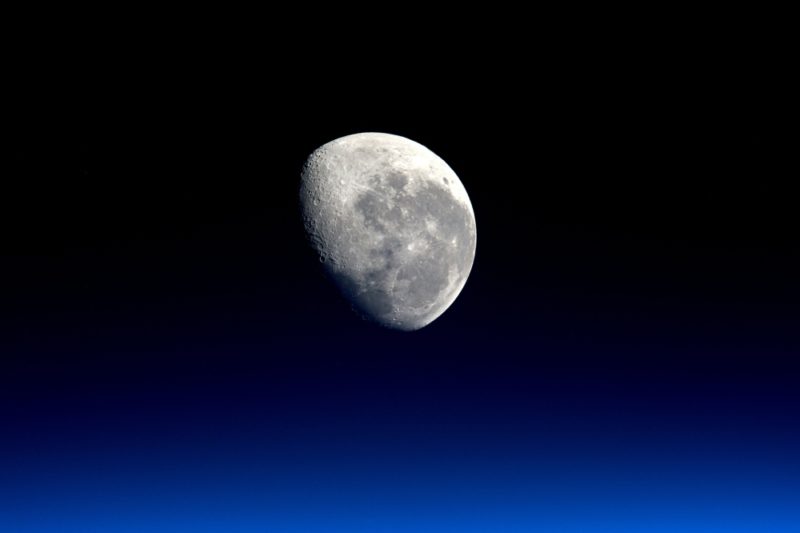RETURN FROM THE DARK SIDE OF THE MOON
We all have dates in our lives that we celebrate – or at least dates where we pause for a moment to remember what set it apart from any other day: birthdays, wedding anniversaries, children’s births, the loss of a loved one, college graduation, etc. For those of us diagnosed with cancer there are many more dates added to that list:
- July 13: the date I was diagnosed.
- November 23: the day I was declared to be in remission
- February 14: the day I recurred, and eight years later, the day I was diagnosed with breast cancer
- March 3: The date of my scan showing no evidence of disease
There are others, but of all of these dates, the one that carries more emotion for me is May 16: the day I officially returned from the dark side of the moon.
In my teens I loved following America’s journey into space. I watched the coverage of the Apollo 11 mission when the first Americans landed on the moon. While Neil Armstrong and Buzz Aldrin walked on the moon, I was fascinated by Michael Collins orbiting, and with each orbit he passed over the dark side of the moon and for 47 minutes was unable to communicate with either Mission Control on Earth or the astronauts on the surface – utter and complete isolation. I wondered, What was that like? Did he fear that he might never hear another voice again? Did he hold his breath as the last minute ticked down waiting to hear “Columbia, this is Houston.” What would such absolute solitude be like? Little did I know in 1969 that years later I would come to know that feeling through a very different experience.
Over 20 years ago I began my journey with cancer. Just the words “you have cancer” isolated me. I was no longer Susan, I was Susan with cancer. It was as if I had entered a capsule and quickly learned that despite having lots of family and friends surrounding me, cancer was my dark side of the moon. I was alone with my thoughts. I longed to hear “Susan, this is command.” As my journey continued my capsule passed behind the moon with each blood draw, each treatment, each scan, each anxiety-filled moment. There were days when I saw the Earth and the sunrise of hope but I never knew when I would head back to the dark side to be left alone with my thoughts.
May 16, 2018, arrived without fanfare. I was stepping out of the shower when I looked in the mirror and suddenly realized that I was thinking about all I had to do that day. Over the next couple of hours my thoughts went to an event I was organizing, seeing my grandchildren, and the weather. And it hit me – cancer was not my first thought that day. Almost without exception, cancer had been the first word on my mind when I awoke each day for the last 20 years. Over the next week I realized that cancer was suddenly far down on my list of thoughts. I had actually decided two years earlier to stop seeing my gynecologic oncologist and medical oncologist and instead saw my general practitioner for cancer-related surveillance. However, on this day, I looked at my treatment diary and realized that I was overdue for both a CA-125 and a mammogram. I had literally forgotten two tests that I had scheduled my life around for years.
Not a good thing, but very revealing. I was home from the dark side of the moon! Reentry had occurred without fanfare, just a return to normal and a return to real hope. I was free of the previously ever present thoughts of cancer returning. I was able to connect with others without cancer being introduced into the conversation. I was back to being just Susan, not Susan with cancer.
Globe-athon is proud to partner with Smart Patients, an online community where patients learn from each other about their cancer journeys. On Smart Patients, you can discuss issues raised in this blog post and beyond. Join here: https://www.
Image Credit: Pixabay





